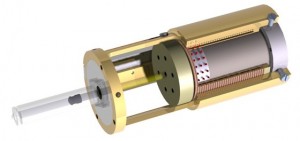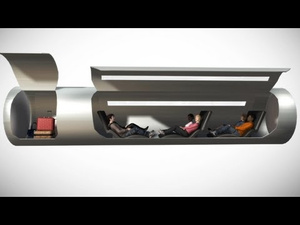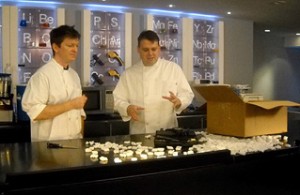Jet Injection: Needleless Drug Delivery
Needles have scared and scarred many since their youth, but few knew that fear was an actual condition. Trypanophobia, or fear of needles, affects over 31 million Americans today. Sufferers of Trypanophobia dread medical care and are likely to experience elevated heart rates and blood pressure in the time leading up to a procedure, with a dangerously sharp drop beforehand. With our reliance on needles for getting vital remedies into the human body, Trypanophobia has been a major problem. Fortunately, researchers at MIT have engineered a new method for getting patients the juice they need: jet injection.










